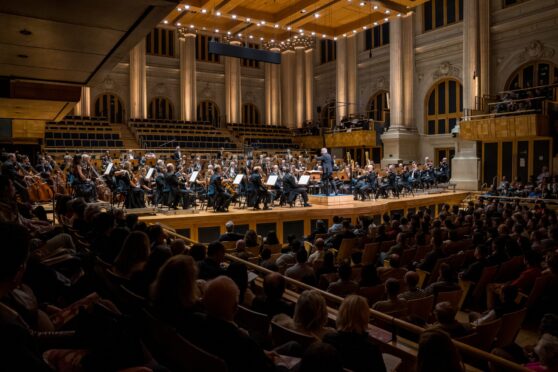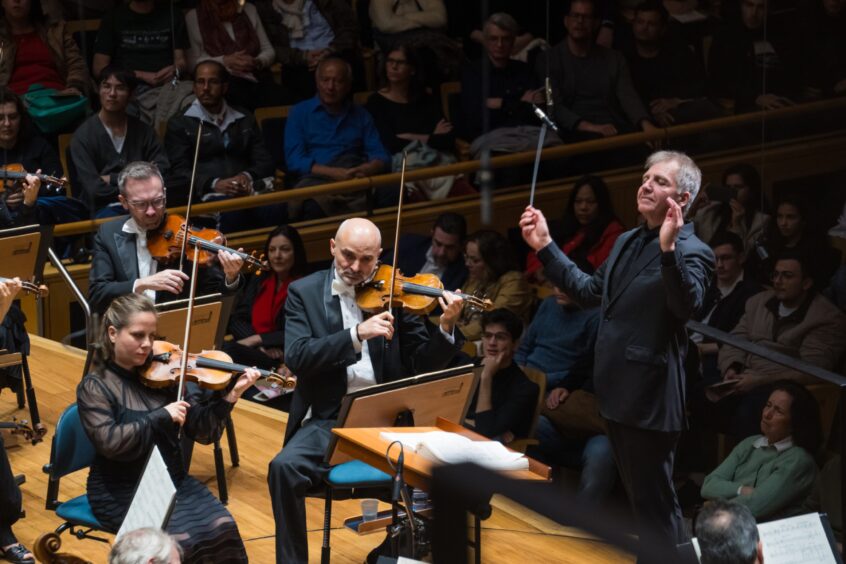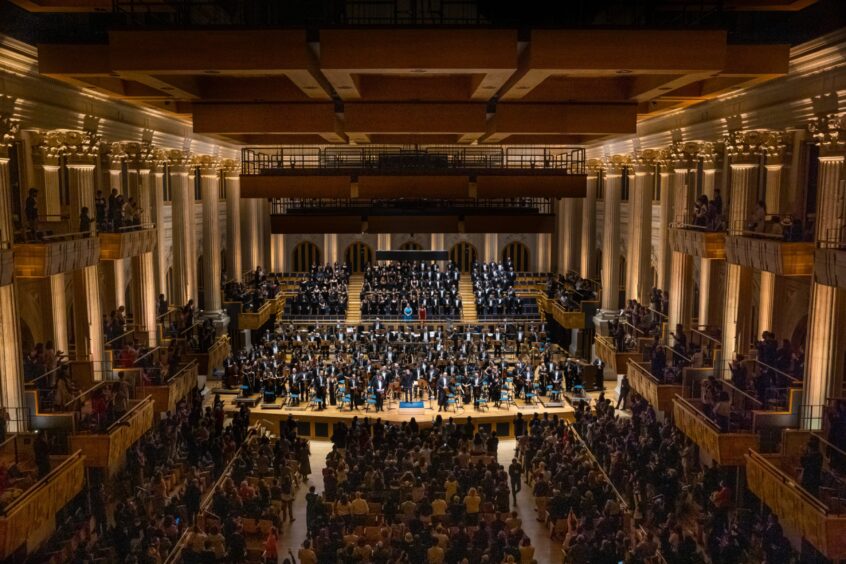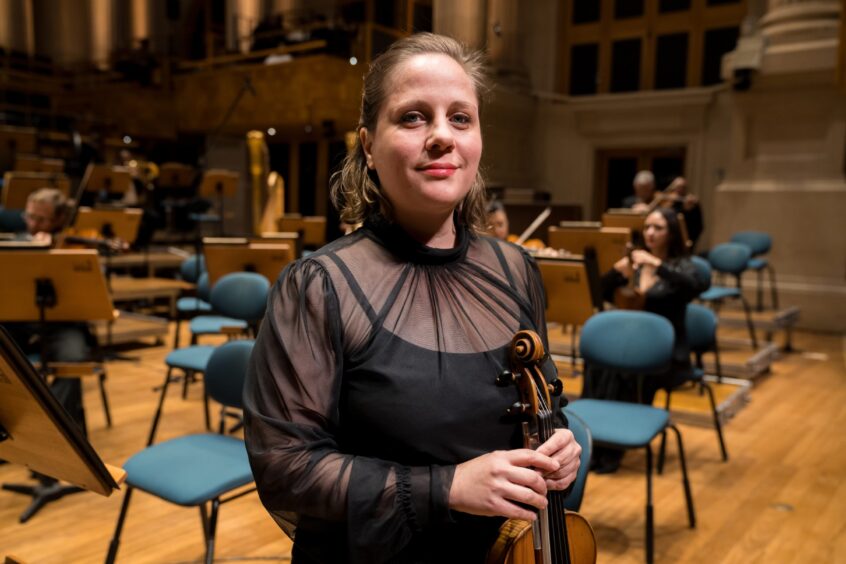
Whether it’s boisterous carnivals, silky soccer or mountains of coffee beans, Brazil’s exports are as familiar as they are globally adored.
But the South American giant is changing its tune a little, having added classical music to its familiar samba beat.
On August 19, the Sao Paulo Symphony Orchestra, considered the foremost on the continent, is arriving in Edinburgh to perform at The Usher Hall.
Those expecting feather headdresses and the percussive sound of capoeira may be disappointed; the multinational orchestra, led by virtuoso Swiss conductor Thierry Fischer, will be performing what classical music fans would consider more traditional pieces, such as Carmen Fantasy by Pablo Sarasate and Eine Alpensinfonie by Richard Strauss.
The concert, part of a wider European tour, is a celebration not only of the orchestra itself, but of Brazil’s surprising cultural renaissance. “This is a celebration, and it is an opportunity for musicians. But it’s an opportunity, through classical music, for the cultural landscape of Brazil, too,” explains Marcelo Lopes, who joined the orchestra as a musician 40 years ago, and is now its Executive Director.
“I don’t think we realised how difficult it would be, although at the time I think I was more interested in playing the trumpet.
“But I remember vividly one night suddenly, when I was playing, it came to my mind, the importance of what we were doing.
“I thought, ‘Wow, we have to deliver. We have to justify the public investment in this organisation’.”
Brazil’s cultural renewal
Eighteen months ago, right-wing populist president Jair Bolsonaro was defeated by the left-wing Luiz Inácio Lula da Silva (known as Lula), ending years of savage cuts to the arts. Lula and his government last year ploughed £500 million into Brazilian culture, aiming to expand its influence both home and abroad. As its oldest and most successful arts institution, Sao Paulo Symphony Orchestra is at the forefront.
Yet Brazil, with a population of 215 million and a landmass roughly the size of mainland United States, is still classed as an emerging economy, and the opulent orchestra building is located in downtown Sao Paulo, near what locals call Cracolandia, which is translated as “Crackland”.
In this city of 25 million people – the largest in the Western hemisphere – crack cocaine is a serious problem and classical musicians arrive to record Mahler and Strauss, clutching violin cases, through neighbourhoods where one is advised not to walk the streets on your own or even look at your mobile phone lest you get mugged.
It’s a tall order for a country seemingly more interested in traditional music or that other addictive drug, football.
“We don’t just feel responsible for classical music, we feel responsible for Brazilian music,” says Lopes, gesturing towards the window of his office which overlooks downtown.
“This is Sao Paulo, the most developed state in the country. But there are still tremendous inequalities. Of course, we can’t solve this. We’re just a symphony orchestra. But we have to do what we can in the places where we are.”
The opulent, French-style building where the musicians play, Sala Sao Paulo, was originally built as a rail terminal to transport coffee-bean bags to plantations, and these days passenger locomotive trains still roll into the building only yards (and a few walls) away from the conductor’s podium.
Trains and orchestras might not have much in common on the face of it but, as one musician quips, they both need conductors.
That’s the role of maestro Thierry, who speaks passionately at his musicians ahead of a performance of Mahler’s 5th Symphony. He dares these musicians, who carry cellos through Crackland, to take risks.
‘Diversity is our strength’
Listening intently is Brazilian Amanda Martins, second violinist.
“With the last government, I think the trend was towards traditional Brazilian folk music,” she explains.
“We had a lot of trouble with funding and, of course, there was the pandemic. Classical music, in Brazil, is a challenge, it always has been a challenge. But it’s growing.
“We have a diverse programme and orchestra, which is also very interesting to see since we have many Brazilians who don’t look like Brazilians – we have people from all over the world.
“Diversity is probably our strength. We have to be sensitive, though. Differences can be a barrier. But we work on that together. And, because we’ve worked on it, we’ve become better.”
The orchestra is celebrating 25 years since it moved to Sala, and its choice of Mahler seems deliberate, according to Lopes.
“There’s a sense Mahler, an Austrian, a Bohemian, felt like he didn’t belong, that he was lost,” he smiles.
“Maybe getting in touch with those feelings can help you understand your own culture, and help us understand each other.
“Whether you are Brazilian, or German, or Scottish, music has this power. If I can understand your music, I can understand your heart.”
The Sao Paulo Symphony Orchestra is at the Usher Hall, Edinburgh, on August 19

Enjoy the convenience of having The Sunday Post delivered as a digital ePaper straight to your smartphone, tablet or computer.
Subscribe for only £5.49 a month and enjoy all the benefits of the printed paper as a digital replica.
Subscribe
 © Iris Zanetti
© Iris Zanetti © Iris Zanetti
© Iris Zanetti